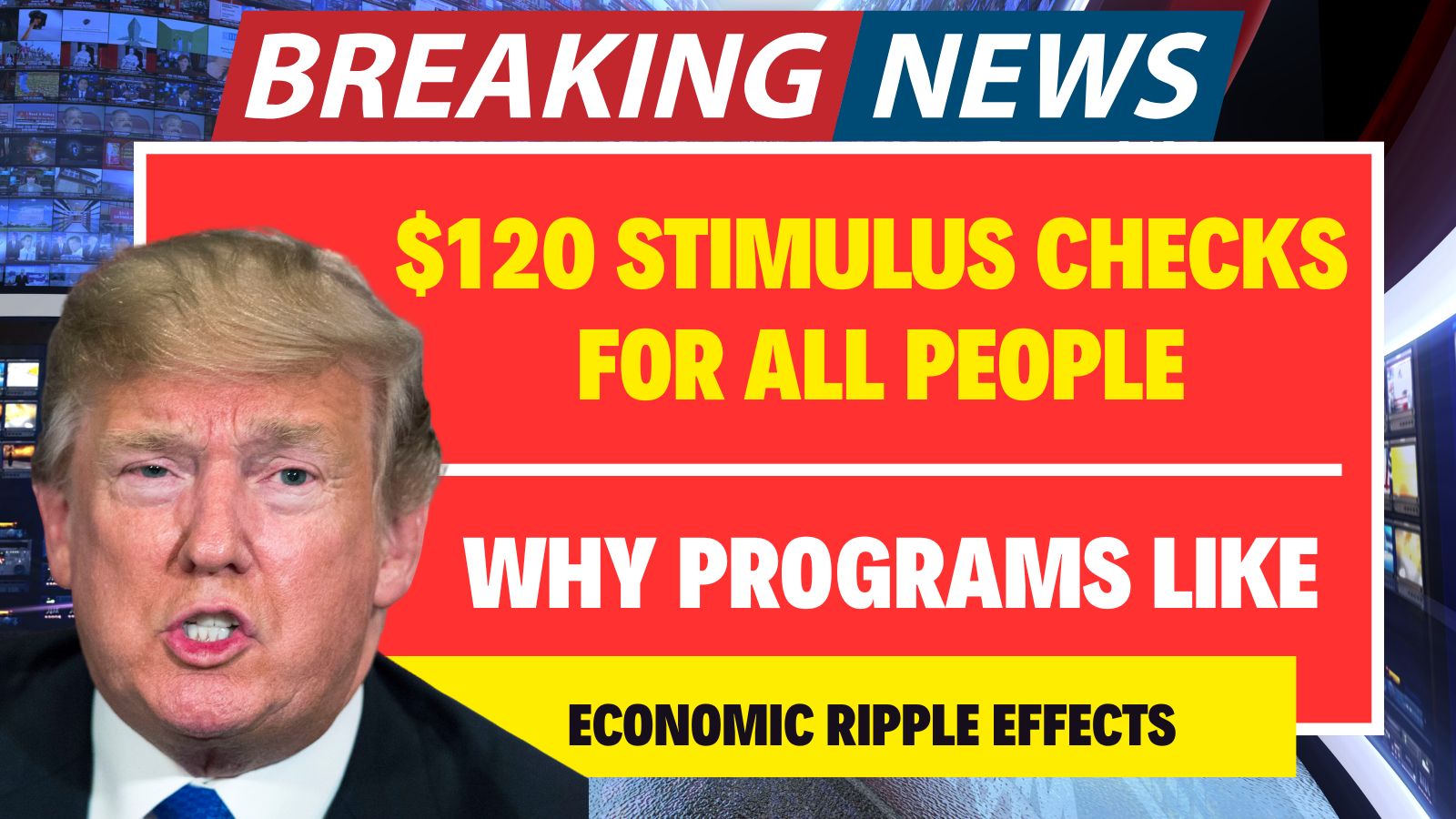As summer vacation kicks off across the United States, many families are excited about school breaks, travel plans, and more free time. But for millions of households, summer also brings an often-overlooked financial challenge: feeding children who would normally receive free or reduced-price meals at school. With school cafeterias closed for the season, parents suddenly face the full cost of providing breakfast, lunch, and snacks. This strain is particularly tough for low- and moderate-income families already battling high food prices, rising rent, and increased utility costs. In response, the government has introduced $120 Stimulus Checks through a new program aimed at easing the burden.
The Rare Bicentennial Quarter Valued at $2.5 Billion, Still in Circulation
Understanding the Food Security Gap
Roughly 40 million children rely on free or reduced meals during the academic year. These federally funded programs provide essential nutrition, especially for families living paycheck to paycheck. When schools close, that support vanishes, creating a food security crisis that disproportionately affects vulnerable households. Suddenly, children who had two meals a day covered must now be fed at home, straining food budgets that may already be on edge. This sharp transition during the summer months places tremendous pressure on parents and caregivers.
SNAP: America’s First Line of Defense
The Supplemental Nutrition Assistance Program (SNAP) is the federal government’s primary strategy to fight hunger. Administered at the state level but funded nationally, SNAP provides electronic benefits that can be used to buy food at most grocery stores. For families with children, SNAP helps fill the nutritional gap year-round. Eligibility is generally determined by income and household size, and it remains a key source of assistance during school vacations. However, SNAP alone isn’t always enough to cover increased summer food needs.
SUN Bucks: Bridging the Summer Meal Gap
To address this specific seasonal challenge, the federal government has introduced the Summer Electronic Benefit Transfer (Summer EBT) program, more commonly known as SUN Bucks. This program is designed to supplement food budgets during the summer break. Through SUN Bucks, eligible families receive $120 Stimulus Checks per child in the form of electronic food assistance, helping offset the meals their children would have received in school.
This targeted aid ensures that children maintain access to nutritious food even when schools are out. The initiative is a practical response to the food insecurity that spikes during the summer months and is part of a broader strategy to support working families.
How SUN Bucks Distributes the $120 Stimulus Checks
The SUN Bucks program issues $120 Stimulus Checks through electronic benefit transfer (EBT) cards. These funds can be spent at any authorized store that accepts EBT. The amount—$120 per eligible child—was calculated to cover roughly 10 weeks of missed school meals.
Families don’t have to wait in lines or deal with cumbersome paper vouchers. Instead, the funds are loaded automatically onto EBT cards, ensuring convenient and fast access. For many, this relief arrives just in time to help stock up on essentials like fruits, vegetables, grains, and proteins.
Who Qualifies for the $120 Stimulus Checks?
The SUN Bucks program is built on existing infrastructure, allowing for a smooth and efficient distribution process. Children qualify automatically if they:
- Are part of a household receiving SNAP, Temporary Assistance for Needy Families (TANF), or the Food Distribution Program on Indian Reservations (FDPIR).
- Receive free or reduced-price meals through the National School Lunch Program or School Breakfast Program.
Because eligibility is linked to other federal assistance programs, most families don’t need to apply separately. This automation not only eases the administrative burden but also ensures that help gets to those who need it most.
Uneven Rollout Across States
Although SUN Bucks is a federal initiative, each state is responsible for its own implementation. This means that rollout timelines vary widely. Some states began distributing the $120 Stimulus Checks as early as May, while others are still finalizing their systems and expect to distribute benefits by late June or early July.
This state-level variability can create confusion. Families who believe they qualify may worry if their benefits haven’t arrived. For the most accurate information, families are advised to check their state’s Department of Human Services or public assistance website.
Sustainability Under Threat
While SUN Bucks and similar programs are highly effective, their long-term future is uncertain. Some legislative proposals currently being debated in Congress call for substantial cuts to social programs. One proposed plan includes over a trillion dollars in reductions, directly threatening the availability of nutrition assistance.
If these proposals pass, programs like SUN Bucks could face reduced funding or complete elimination, leaving many families without crucial summer support. The fight to maintain these benefits is ongoing and highlights the fragile nature of social safety nets in the U.S.
Making the Most of Your $120 Stimulus Checks
Families who receive the $120 Stimulus Checks through SUN Bucks should plan strategically to stretch their benefits. Here are a few practical tips:
- Plan meals in advance to reduce waste and ensure balanced nutrition
- Shop sales and use coupons to increase purchasing power
- Buy in bulk for non-perishable items like pasta, rice, and canned goods
- Prioritize nutrient-dense foods that offer the most value per dollar
These simple strategies can help families make the most of their benefits and ensure their children are well-nourished all summer long.
Economic Ripple Effects in Local Communities
The impact of SUN Bucks goes beyond individual households. Local economies also benefit when families use EBT funds at neighborhood grocery stores and farmers’ markets. These transactions support jobs and stimulate economic activity, especially in low-income areas where every dollar makes a difference.
Children who eat better during the summer are also more likely to return to school in the fall ready to focus, learn, and succeed. This creates long-term positive outcomes, both educationally and economically.
Final Thoughts: Why Programs Like SUN Bucks Matter
The introduction of $120 Stimulus Checks through the SUN Bucks program marks an important step in addressing seasonal hunger. For families juggling rising costs and growing children, this summer relief can mean the difference between daily struggle and nutritional stability. While the amount may seem modest, it adds up—especially for households with multiple children.
The program’s automatic enrollment, easy-to-use benefits, and direct impact on child nutrition make it a model for future aid efforts. But with its sustainability in question, families and advocates must remain informed and vocal about the need to preserve and expand such programs.
If your child qualifies, make sure you’re prepared. Know how and when benefits will arrive, plan how you’ll use them, and stay alert for changes in program availability. Because sometimes, even a single check—especially one worth $120—can provide a much-needed safety net when it’s needed most.
Some Important Link
| Download News APP | Click Here |
| WhatsApp Group | Click Here |
| Home Page | Click Here |










